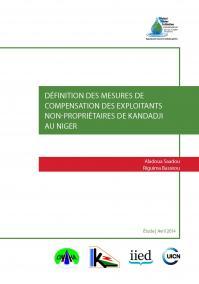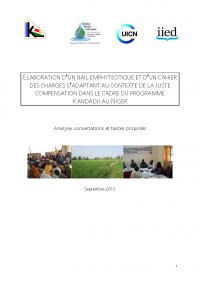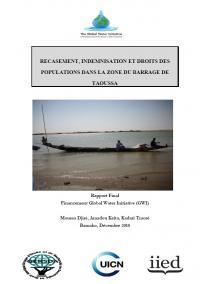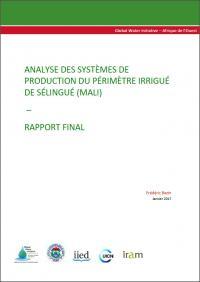Connaissances, outils et capacités pour la sécurisation foncière des populations affectées par le barrage de Fomi
Le projet de barrage de Fomi se situe sur le Niandan, affluent du Niger en Haute-Guinée, non loin de Kankan. Le projet Fomi est intégré au Plan d’action de développement durable (PADD) de l’Autorité du Bassin du Niger (ABN) depuis 2007. Une étude d’impact environnemental et social, composée d’un plan de gestion environnementale et sociale, d’un plan de réinstallation involontaire et d’un plan de développement local, a été finalisée en 2010.










